Selected Plants of Navajo Rangelands
Dropseed, sand
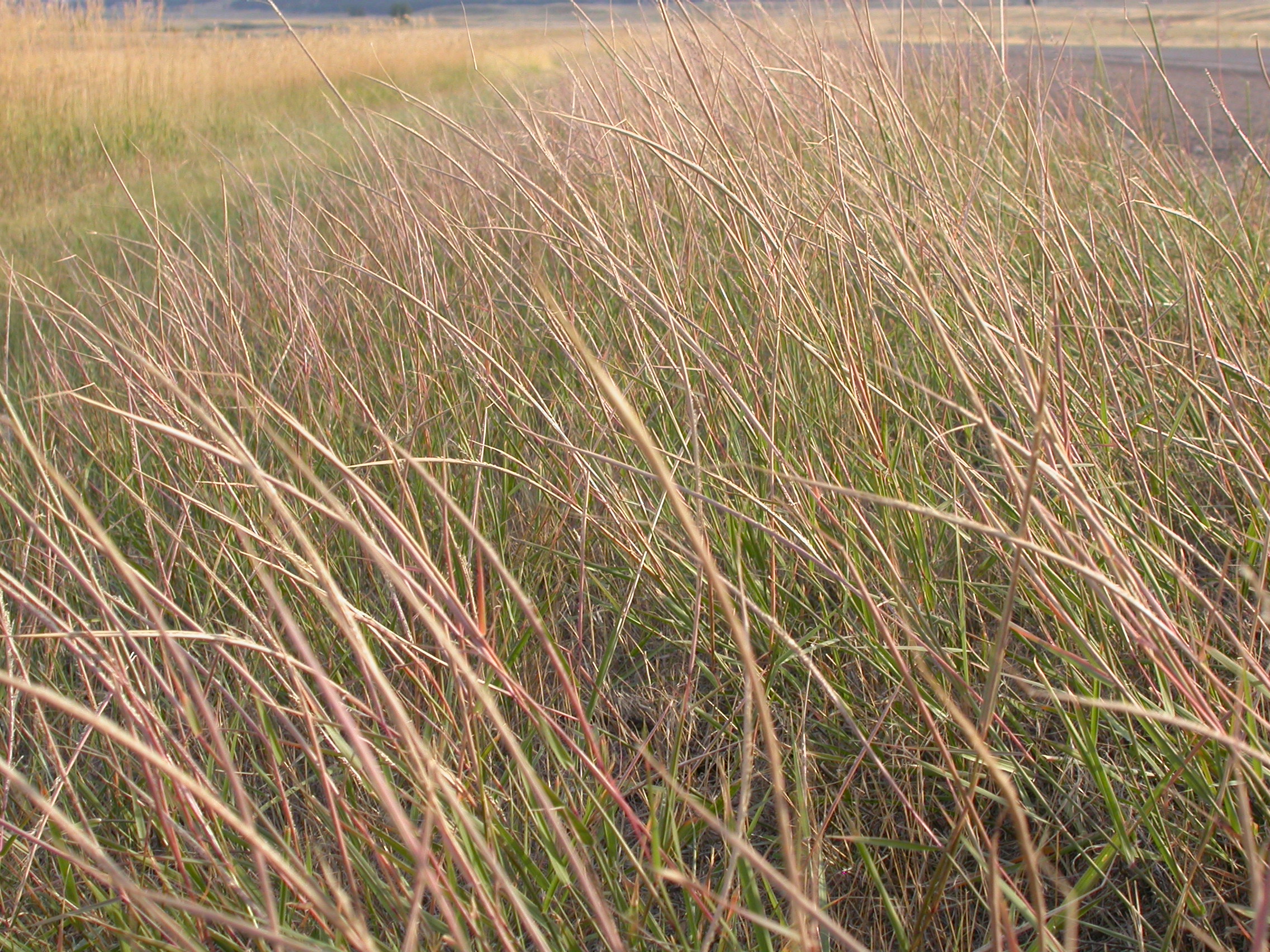
Sand dropseed is a perennial bunchgrass growing from 2 to 3 feet high. Sand dropseed is extremely drought tolerant and is adapted to sites receiving 7 to 16 inches of annual precipitation. Its fine root system allows sand dropseed to extract water from depths of up to 12 inches. During periods of summer drought, sand dropseed leaves roll up to reduce surface area and evapotranspiration.
This species spreads naturally from seed once established and increases on depleted rangelands and wastelands. Sand dropseed plants are able to withstand heavy use due to their protected root crown and late maturity and because they are less preferred than other species. Plants can be killed by overgrazing as a result of continued close cropping; however, when grazed properly, sand dropseed increases on sites with poor conditions.
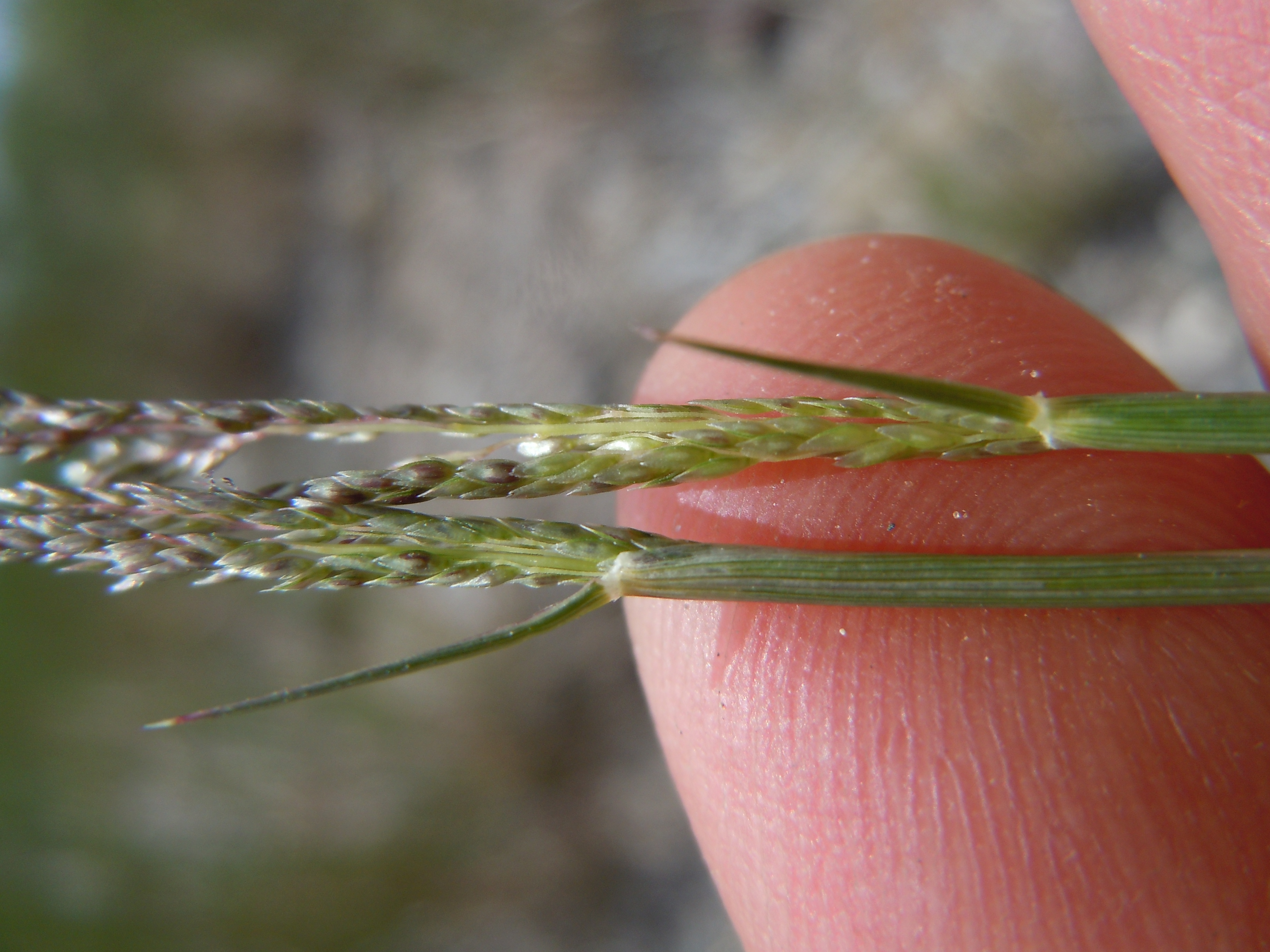
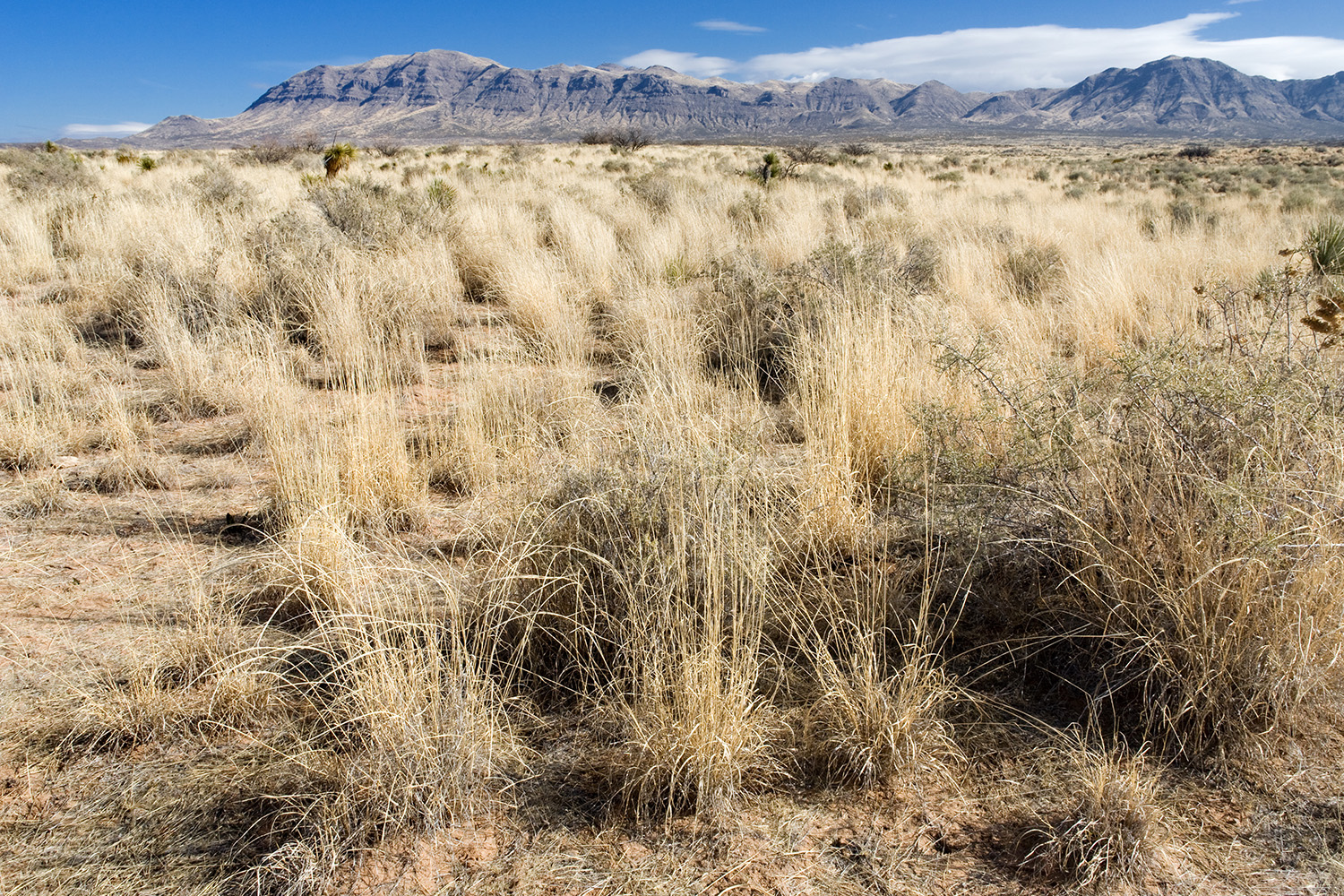
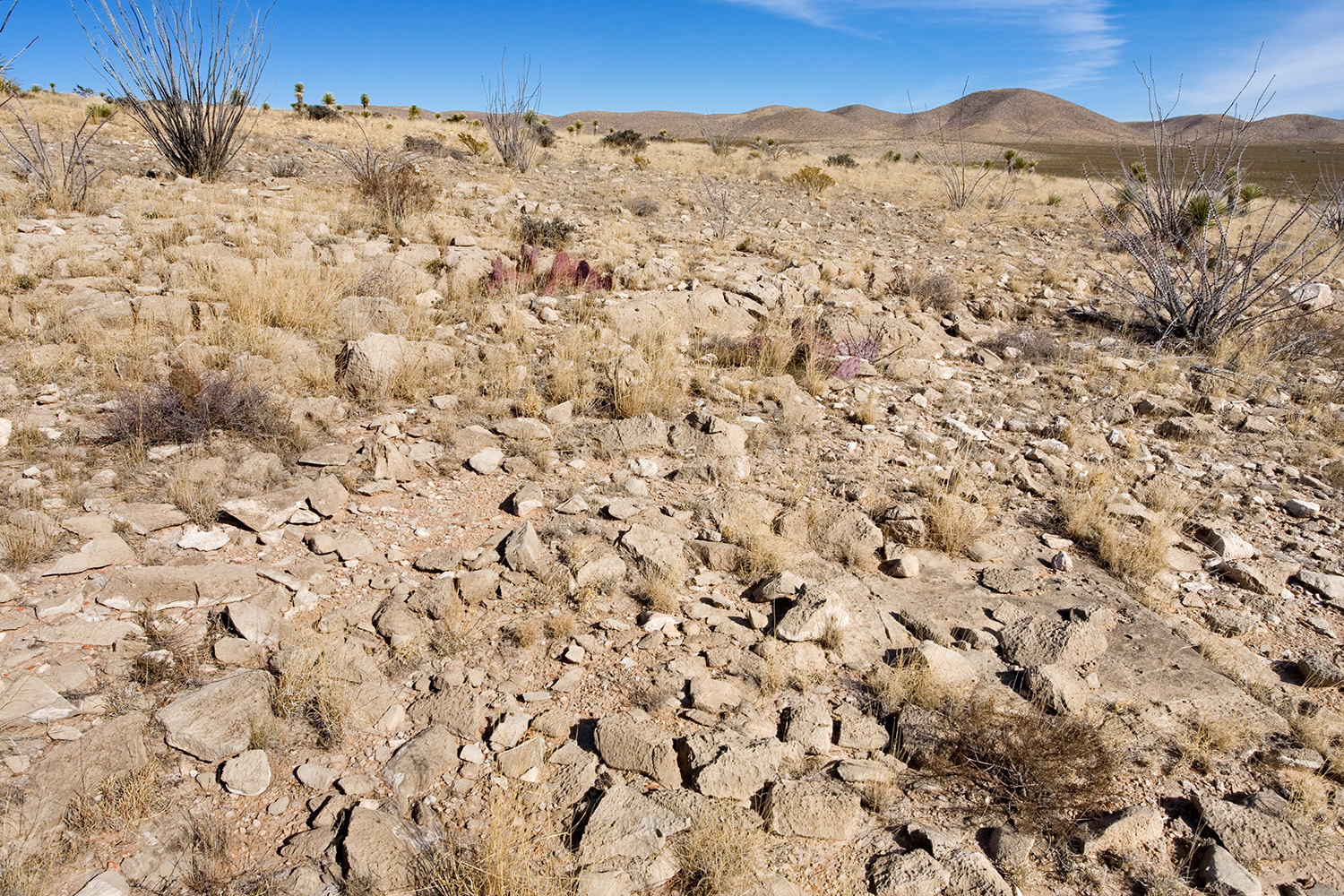
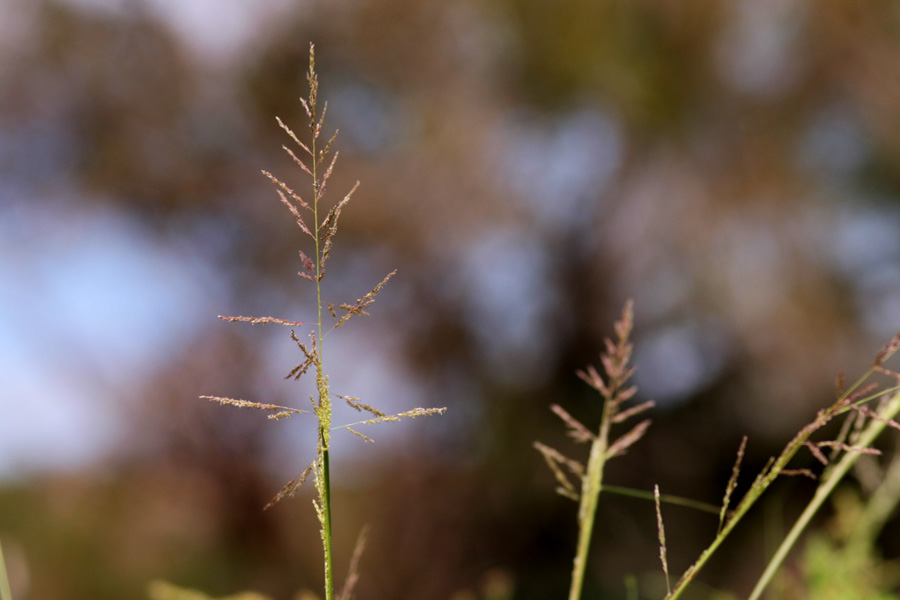
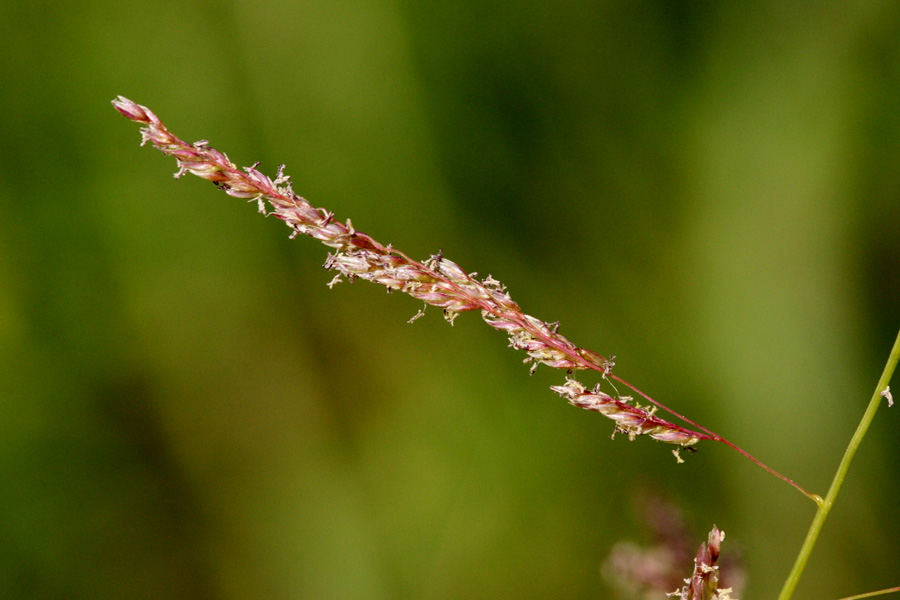

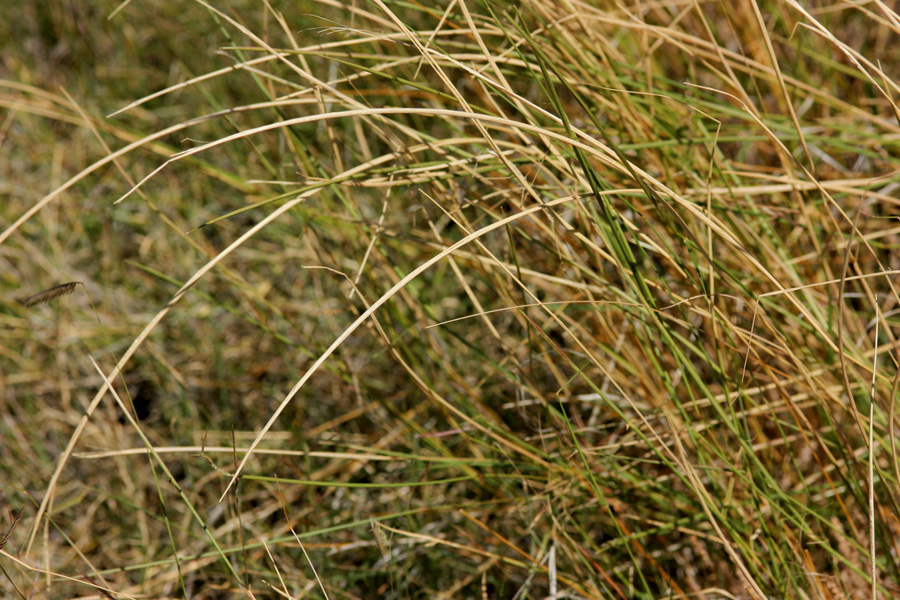

©2018 NMSU Board of Regents.
Individual photographers retain all rights to their images.
Partially funded by the
Western Sustainable
Agriculture Research and Education Program
(westernsare.org; 435.797.2257),
project EW15-023.
Programs and projects supported by Western SARE are
equally open to all people.